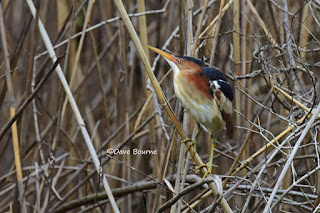They sit quietly at middle levels in the forest, sallying out to snatch insects from the bottom of leaves or in midair, and returning to its perch.
Acadian Flycatchers breed in mature deciduous forests, often in lowlands near rivers, streams, and swamps. In winter, they can be found in lowland tropical forest.
Willow Flycatchers are small, slender flycatchers, but they are one of the larger members of the Empidonax genus. They have a fairly long, thin tail and wings. The bill is broad. Like other flycatchers, they tend to perch upright.
Willow Flycatchers are brownish olive overall with a slight yellow wash to the belly. They have 2 whitish wingbars and a white throat that contrasts with the brownish olive breast. The white eyering seen on most Empidonax flycatchers is very thin and nearly absent on Willow Flycatchers.
Willow Flycatchers are brownish olive overall with a slight yellow wash to the belly. They have 2 whitish wingbars and a white throat that contrasts with the brownish olive breast. The white eyering seen on most Empidonax flycatchers is very thin and nearly absent on Willow Flycatchers.
The Adler Flycatcher is a small flycatcher with an upright posture and a large, usually rounded head. The bill is straight and fairly broad, and the wings are short.
Brownish olive green above with two white wingbars; whitish below. Compared with most other Empidonax species, the eyering is indistinct.
Alder Flycatchers forage for insects by flying out from tree perches to take them from leaf surfaces or midair.
They breed in wet boreal thickets, shrubby bogs, and other areas of regrowth following clearcutting or fire.
Cornell All About Birds




















































